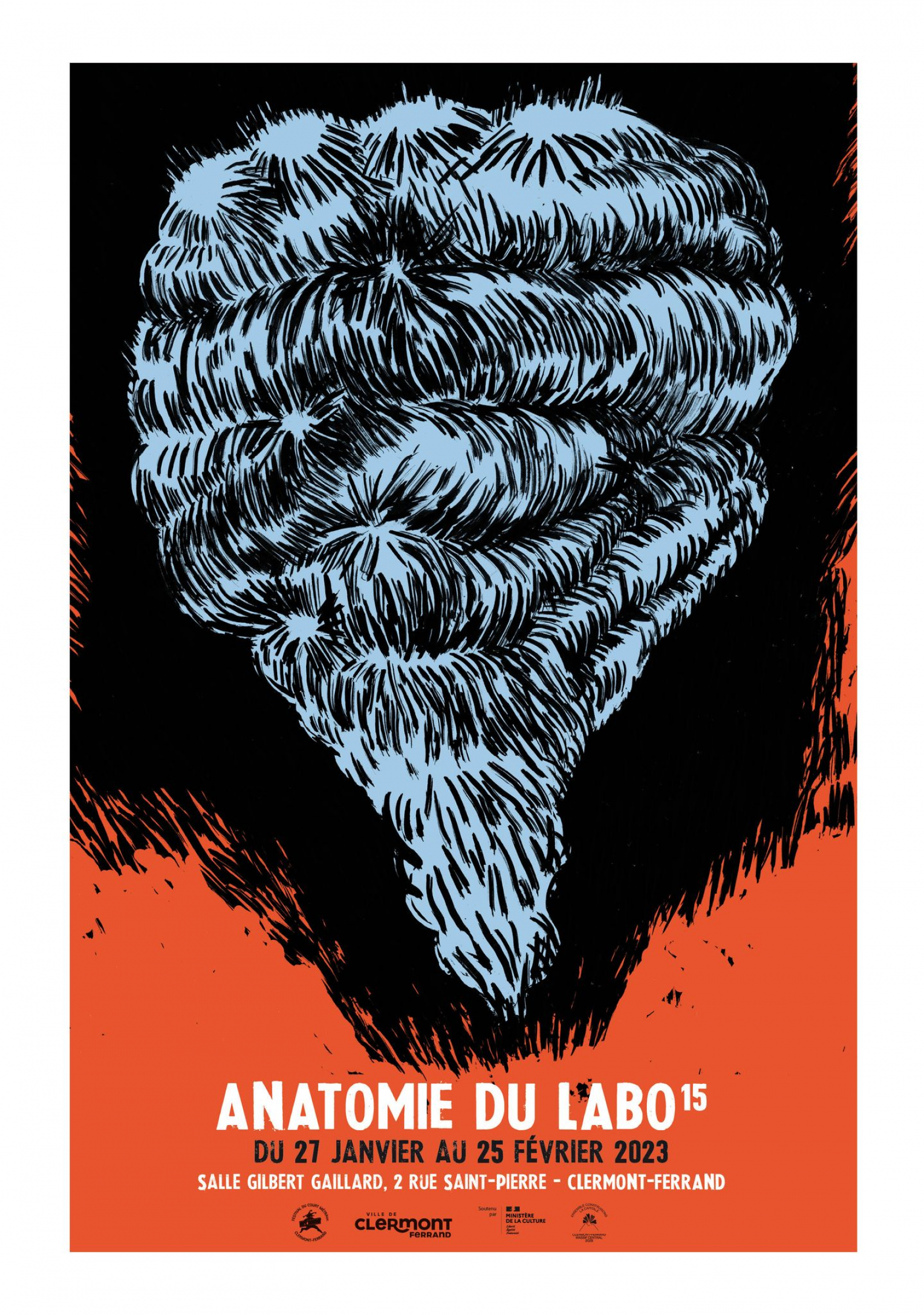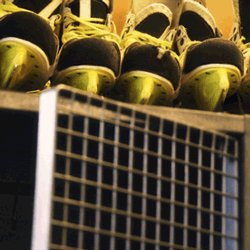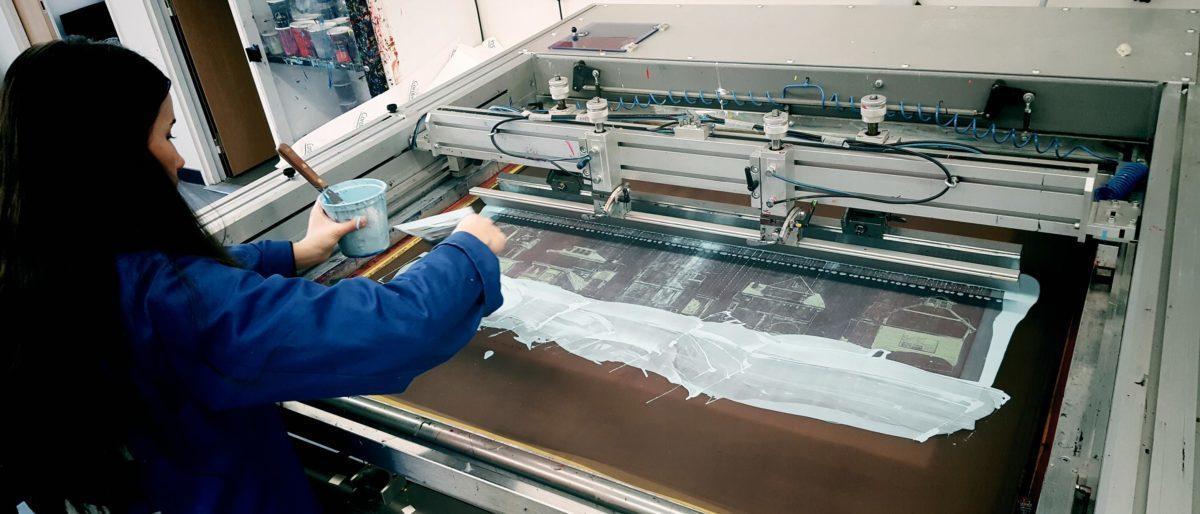Anatomies
Anatomy of the Labo is based on an original idea: to question the films of the Clermont-Ferrand Short Film Festival's Lab competition by giving a plateform to students and confirmed artists. Sauve qui peut le court métrage offers to watch the selected films of the Lab competition and to analyze the films with students to make a print, a trace, a symbol, a sign through a plastic work.

Accompanying students in their project is done at several stages:
- The screening of films of the Lab to students: before the official selection at the beginning of December, a first meeting is organized with the pupils of the establishments to watch a program of films Labo. This step allows us to talk about non-narrative, experimental cinema, in order to put them in condition for the screening of the films that will be selected and constitute their body of work afterwards.
- A time to analyze films with the students: as soon as the Lab selection is made official, several screenings of the selected films are organized so that the students can choose the film on which they will work. This time allows to exchange Lab movies to get used to the visual language, more specifically in the non-narrative side of the Lab.
- The process of reflection and creation around a work: the teachers of the establishments as well as an artist sponsored by Sauve qui peut le court métrage helps the students with the creative work , to whom it is asked to sketch their idea of the film they have chosen, then rework and modify their work before it can be validated in its final form.
- The graphic production work: this creative work is the occasion of a week-long workshop in the institutions, during which the students concretize their idea with the help of the teachers and the artist sponsored by Sauve qui peut le court métrage footage and get to perform screen printing.
- Supporting students during the organization and execution of exhibitions: once screen printing is done, students must organize the exhibition. They are then confronted with the practical issues of an exhibition, in collaboration with professional artists: the logistical organization, the general coherence, the selection and the presentation of the works that will be exhibited.
The artistic aspect is the most evident in this project, since the exhibition enhances the creative work of students. But this project is also working on the development of other skills. From a visual point of view, students are confronted to a visual format, the short film, moreover issued from the Labo selection. The transition from one medium to another makes it then possible to deepen the reflection around the design of the graphic work. Finally, by presenting the students to all the problems related to the realization of the exhibition, they discover the stakes of the works' development, while needing a certain number of skills of logistics and group work that are required.
Contacts

Calmin Borel
c.borel@clermont-filmfest.org
+33 (0)4 73 14 73 32

Sébastien Duclocher
s.duclocher@clermont-filmfest.org
+33 (0)4 73 14 73 08
















